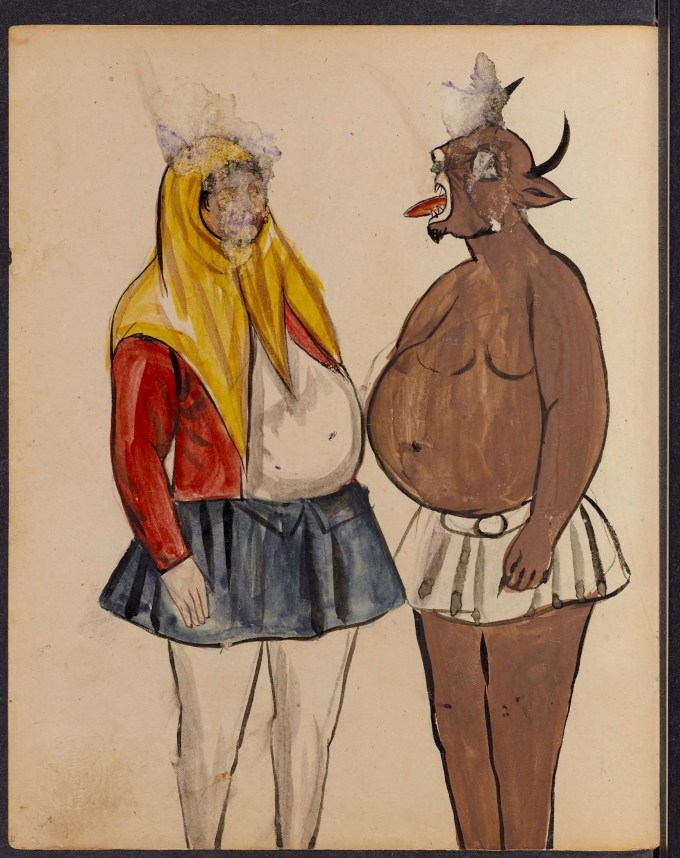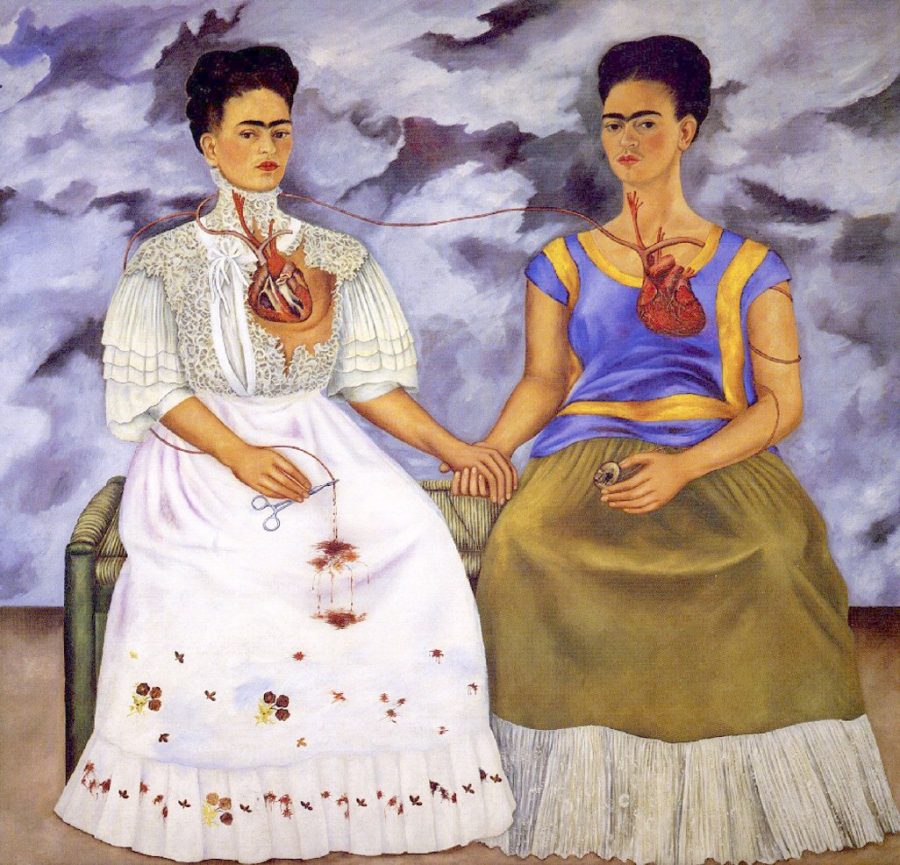Many of us right now are sheltering in place, or in quarantine, dreaming of that day when we can once again travel the world. And that day will come, friends, that day will come.
But until then, there are already several YouTube channels set up to provide you with a chance to go on walking tours around the world, with only the sounds of the environment in your headphones.
I was alerted to this by good friend Phil Gyford, who found this via Sarah Pavis (via FaveJet), and provided several links to this large selection of virtual traveler. Your mileage my vary, as they say, but here’s some trips I found particularly relaxing in these anxious times.
Above, I started here with this walk through Pimmit View Park in Falls Church, Virginia. Despite an umbrella dipping into view, I found this a relaxing walking in the rain through a verdant wonderland, with occasional pauses to admire the flowing streams. Lovely.
From here I was feeling a bit peckish, so I bopped over to the Phatra Market in Bangkok to have a look at the various foods on offer. LazyTourist, the person who filmed this, never strays too long at any stall, but knows enough to linger.
A YouTuber called 4K Urban Life produces the occasional walking tour of European cities, and here they show us Tuscany, starting in a very non-descript sidestreet until venturing out into the heart of old Italy. This one is nearly four hours long, so bring a bottle of wine but skip the sunscreen. Enjoy the lack of social distancing, and pray for Italy.
Night has fallen and it’s time to venture out into the West End of London in this evocative video from Watched Walker. It’s rainy and wet, but no matter, the streets of London look lovely and this hour-plus takes us through “Covent Garden, Leicester Square, Piccadilly Circus, Oxford Circus, Oxford Street, Carnaby Street and Soho.”
Now let’s drop in on one of New York City’s most popular tourist destinations, Times Square. Wind Walk Travel Videos has a lot of these short (30 mins or less) visits to American locations, and this is one of their most popular. Try not to think about how empty these spaces are now, and enjoy the ambience, sketchy Elmo and all.
Here’s Rambalac walking Shinjuku at night, checking out the side streets and testing out his binaural mic. This is a treat with headphones on, so make this full screen and order in some ramen.
A final thought: recently I’ve been focusing on 4K “remastering” (by way of AI) of turn of the (20th) century films, a look back to a different age. In these above videos, we can see the tradition continues, a fascination in watching life go on as we sit and look into our devices. Think on both those long since deceased folk in the 1900s and a record of our once-normal lives (only a month ago, as of this writing), and keep them both in your hearts.
Related Content:
A 5‑Hour, One-Take Cinematic Tour of Russia’s Hermitage Museum, Shot Entirely on an iPhone
Ted Mills is a freelance writer on the arts who currently hosts the Notes from the Shed podcast and is the producer of KCRW’s Curious Coast. You can also follow him on Twitter at @tedmills, and/or watch his films here.












